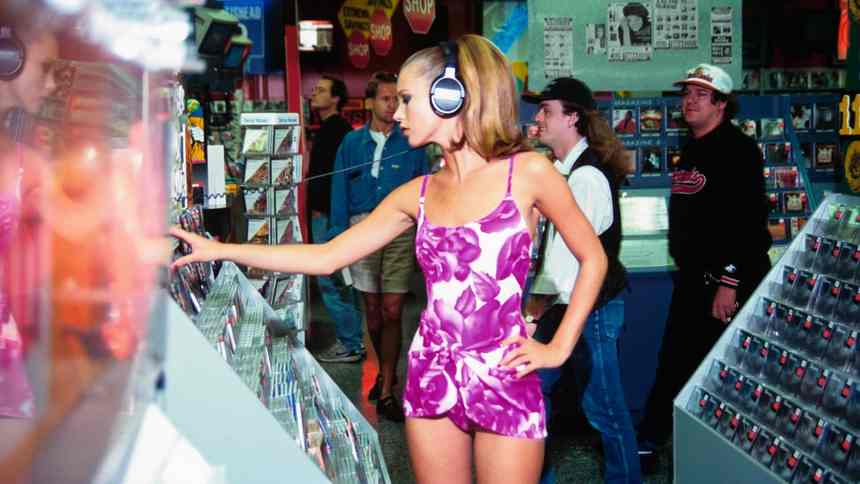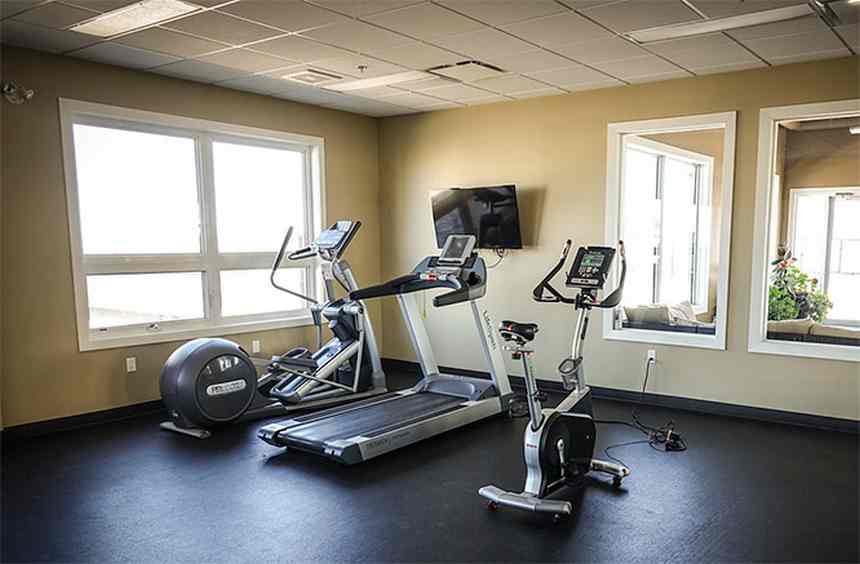After weeks hunched over your computer screen, a back massage sounds like a welcome reward. Of course, given the current times and the ongoing spread of COVID-19, hitting the spa might not be an option for you. That's why at-home back massagers are such a must—now, in 2020, and beyond. They bring the relaxing kneading power of a professional masseuse straight into your home. Before you crank up the setting, though, it's important to pause and think about their safety. Considering the delicate nature of our spines, the very tools used to provide self-administered relief could actually cause more harm than good in the long term. For that reason, we chatted with a couple chiropractors and physical therapists who shared everything you need to know about these devices.
Related: Your Complete Guide to Self-Massages
 Credit: Getty / Sorrorwoot Chaiyawong / EyeEm
Credit: Getty / Sorrorwoot Chaiyawong / EyeEm
Sweet Relief
Back massagers are safe—so long as you are utilizing them correctly. Healing Arts founder and chiropractor Dr. Alicia Armitstead says that handheld and stationary iterations can address light to moderate muscle pain. "If used cautiously, they can be significantly beneficial for people with chronic back pain from sciatica, arthritis, muscle strain, and back stiffness, as well as neck pain and stiffness," she explains, noting that they provide relief thanks to their ability to increase blood flow to tight muscles via vibration. That said, when it comes to resolving a chronic or acute musculoskeletal problem, she says that these at-home devices will likely only provide temporary relief, as opposed to actually fixing an underlying condition.
So Many Options
This is a broad category, one that includes expensive full-body massage chairs—like the Ogawa Master AI Massage Chair ($9,999, brookstone.com)—and more affordable covers that can be placed on any chair or bed—like the HoMedics Shiatsu Plus Massage Cushion with Heat ($82.99, bedbathandbeyond.com). As for handheld options? These refer to light-pressure devices found at your local drugstore and high-tech massage guns—including the Theragun Elite(Red) ($399, theragun.com)—preferred by top-tier athletes.
Where massage chairs can provide relief to larger muscle groups, Dr. Armitstead says that handheld devices are better for targeted areas of pain or discomfort. "They are also great for muscle recovery after working out," she adds, noting that a handheld massager can also be utilized ahead of exercise. "A pre-workout treatment helps stimulate the nerves and relax stiff muscles; post-workout use helps lessen muscle soreness and promotes quicker recovery." Think of this as a way of stretching deeper, especially in those hard-to-reach back areas.
Muscles, Not Spine
It's essential to remember that massage chairs, chair covers, and handheld devices are designed to knead your muscles—not your spine. Only licensed professionals should massage that area. "Each vertebra protects the nerves that bring the communication from the brain to each particular organ system," explains California-based chiropractor Dr. Dani Olson. "If a person who is unspecialized were to use the back massager improperly, it could cause dysfunction of the organ." For example, she says that if someone uses a massager over the transverse processes of a vertebra, it could slow the organ down; if they use it over the spinous process, it could speed the organ up.
In addition to avoiding direct contact with your spine, Dr. Armitstead says not to use back massagers on any joints or areas that are super inflamed or visibly red from injury. Additionally, be mindful of the intensity of the massager, she notes—most come with various settings. "The intensity of the massager should be less on the neck, as it is a vulnerable area with very little muscle," she explains. "If you feel more pain when using a massager, then please stop. This is not a time to think, 'no pain, no gain.'" Lastly, Dr. Armitstead says to make sure the pain you are targeting is only muscle-related. "Because some pain is the result of blood clots, broken bones, or internal bleeding—all of which are likely to worsen under the stress of massage—be sure that the pain you are experiencing is due to muscle tightness before using an electric massager for relief," she says.
Timing
Massages feel wonderful—so wonderful, in fact, that you might want to experience that kneading for hours on end. But if you're using a back massager at home, Dr. Armitstead says to limit your session. Where trained massage therapists are taught how to manipulate tight areas of the body for hours at a time, at-home devices are less intuitive. For that reason, she advises against sessions beyond 15 minutes, three to four times per week. For longer, more targeted muscle work, seek the assistance of a professional. "While massage chairs and other devices can provide pain relief, they can't replace the experience and hands of chiropractors and massage therapists who can specifically treat and help resolve the underlying issue of both chronic and acute pain," Dr. Armitstead concludes.










